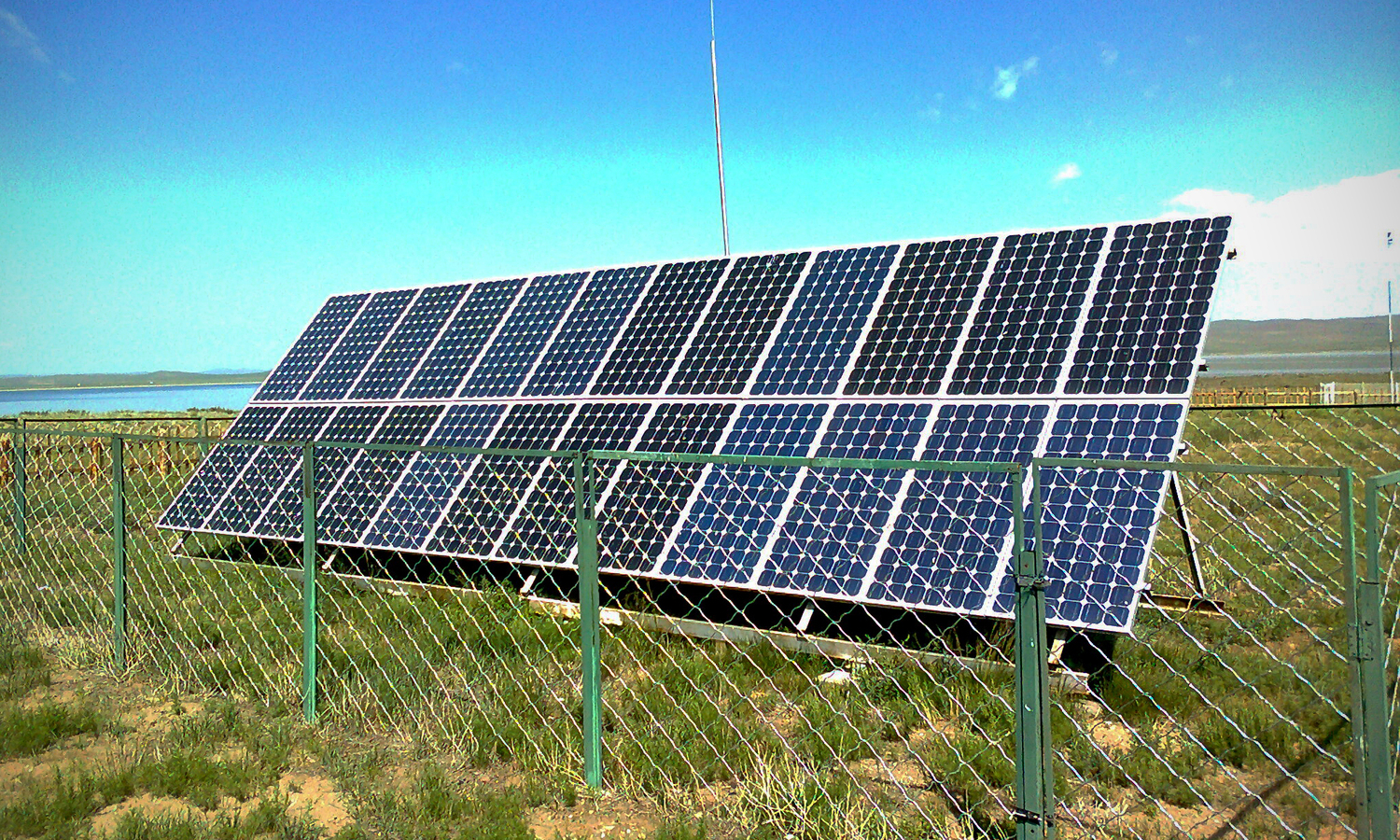Electricity-producing "photovoltaic" solar panels may be about to become a lot  lighter and a lot cheaper, thanks to a new breakthrough.
lighter and a lot cheaper, thanks to a new breakthrough.
Currently, solar panels are fashioned from a chunky slab of silicon, which needs to be big in order to capture sufficient solar energy to produce enough power.
The sheer quantity of raw materials required is ultimately reflected in the price, making solar energy, although environmentally friendly, often wallet-unfriendly and accompanied by a hefty payback period.
As an alternative, scientists have been developing so-called "thin-film photovoltaics", which, as the name suggests, are much thinner and lighter. The most promising of these are made using a material called cadmium telluride.
But for the cadmium telluride to be able to work, developers had been adding a substance called cadmium chloride. But this substance is highly toxic and expensive, making these thin-film cells uneconomical.
Now, Liverpool University scientist Jon Major has discovered a much cheaper and totally safe alternative: an ingredient in tofu! Writing in Nature, Major and his colleagues tested a range of different substances as alternatives to cadmium chloride. Most didn't work, but magnesium chloride, which is completely safe, available by the bucket load for a few Dollars a kilo and even used in the food industry to coagulate tofu, worked a treat.
In fact, the performance of the cells was almost equivalent to the toxic cadmium equivalent. According to science journalist Mark Peplow, "the efficiency was about 15%, which is on par with what is already on the market, so this is likely to make a massive difference to the commercial viability of this technology..."









Comments
Add a comment